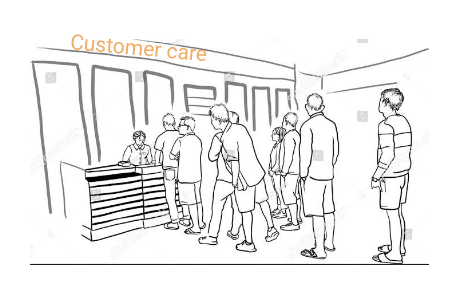Many people are actively looking for a way to improve their learning and make it easier, more efficient, and automated. Let’s take a look at the case of Britney.
Britney is an undergraduate at the University of Michigan who has had low grades all her life. Regardless of how hard she tries, she can’t effectively remember what she read. She went on a total break, did some deep research on learning, and found some powerful tips she called “Golden Nuggets.”
It’s almost two years now, and Britney is among the top three in her class. Do you need to go on deep research too? No! We have all the Golden Nuggets with us, and we will tell you about one today.

This article is about Bloom’s taxonomy, how to use it, and how Questgen can help you maximize your output with it either as a teacher or student.
What is Bloom’s Taxonomy
Bloom’s taxonomy is a method of learning that classifies the fundamental knowledge and assimilation process into six easy levels. It deals with the processes of how the human mind can easily recognize, assimilate and store information.
It was created in 1956 by the researcher Benjamin Bloom as a learning and objective-based strategy. However, since then, it has undergone various unique modifications and can now be applied in almost any facet of life - from learning to self-evaluation, from setting questions to accessing them.
Recently, Bloom’s taxonomy has also been used to frame various digital tasks and evaluate software and applications.
So the question you’re asking is how Bloom’s taxonomy can help boost your performance and productivity as a teacher or student?
Let’s look at that.
How does it aid assessment?
The beautiful thing about this method is that it allows you to learn progressively and move steadily and slowly from one level to another. One of Britney’s issues was trying so hard to study for longer hours. She wasn’t effective in keeping that much information at her beck and call.
With Bloom’s taxonomy, you can easily devise simple ways of studying what you need to know, progress to understanding it, and evaluate yourself while having fun.
In simpler terms, this procedure helps you develop clear objectives and create a solid foundation for what you learn while you build on it gradually. This ensures that all you learn stays put so you can access it whenever you need it - in the class, in a group discussion, or in an examination hall.
What are the levels of Bloom’s taxonomy?
So let’s see the different levels of Bloom’s Taxonomy and how Britney used them to elevate her grades for good. They include: Remember, Understand, Apply, Analyze, Evaluate, and Create.
Let’s analyze them closely;
1. Remember:
This is the lowest and widest stage of the taxonomy; at this stage, you are allowed to take in as much information as possible. It involves listening, reading, memorizing, etc., just any method to get knowledge.
2. Understand:
This level involves you placing these pieces of information into different classes and trying to find similarities, differences, and meeting points. What you do here is comparing, contrasting, summarizing, exemplifying, etc.
3. Apply:
At this stage, you use this categorized knowledge and try to apply it in your everyday life scenarios, relate it to recent happenings, etc. This helps solidify what you understand and its retention. You try to act out, display, relate, execute, etc.
4. Analyze:
With analysis, you can organize, brainstorm, and differentiate your information while still attributing it to results. This stage requires critical thinking while studying results.
5. Evaluate:
At this stage, you make a well-thought judgment or interpretation of the information or result you have at your disposal. You give thoughts and statements either against or for the information. You have to validate, defend effectively, and debate results here.
6. Create:
This is the highest stage of the taxonomy. At this point, you have adequate knowledge of the particular concept and can now create adequate designs and solutions to a problem.
How Questgen can develop questions on different levels of Bloom’s Taxonomy
Let’s see how it works. We will be using an excerpt “Elon Musk’s Influence on the Digital Currency Market” from the Questgen site to explain them briefly.
With Questgen, you can choose between:
- Multiple Choice Questions
- True or False
- Higher-Order Questions and Answers
Questions generated here can help you:
1. Remember:
2. Understand, Apply, and Analyze:
3. Evaluate:
4. Even High-Order Questions that involve reasoning:
Conclusion: What Should you do next?
Are you like Britney? Always reading but having difficulty remembering the necessary information required to be effective, or maybe you are a teacher looking to up your game using Bloom’s taxonomy? Well, you’re in the right place.
With Questgen, generating questions to help you crystallize and solidify what you learn becomes very easy. To learn how to use Questgen optimally to generate questions, check here.
Our technology is top-notch, free from ads, swift, and user-friendly. Paste your text today, generate those questions, and ace those exams.


